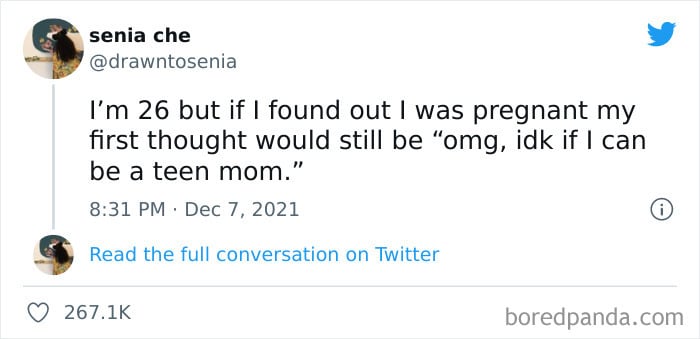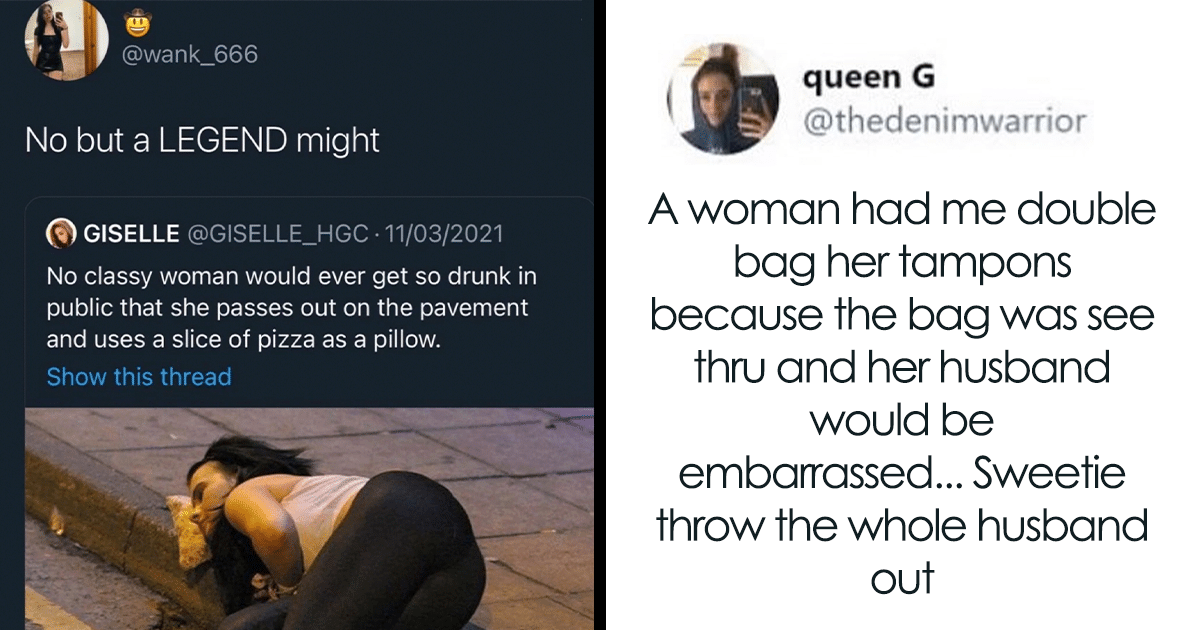There’s an Instagram account that manages to sum it up quite well. At least 1.7 million people who follow it think so. It’s called “Female’s Problems” and just like the name suggests, it shares memes about the everyday struggles of a modern woman.
#1

Looking at these memes, it’s clear that our society hasn’t achieved gender equality quite yet. But that doesn’t mean the situation is hopeless.
Chilean writer Isabel Allende, whose novels are often based upon her personal experience and historical events and pay homage to the lives of women, thinks that we’re certainly progressing.
“I have lived enough to see great changes in the situation of women,” Allende told The New York Times in an interview. “Little by little, women are chipping away the patriarchy. The fact we have not been able to replace it yet doesn’t mean we have failed; it means that the job is monumental. But it’s not impossible.”
“I believe it will happen, but not in my lifetime, and it will happen only if women are educated, informed, connected, and active. It takes very little for us to lose the rights we have obtained. A best recent example: is the Taliban. In a few days, women and girls lost all their rights in Afghanistan, and the most awful form of patriarchy took over the country. We have to be vigilant: Given the wrong circumstances, it can happen anywhere.”
#2

#3
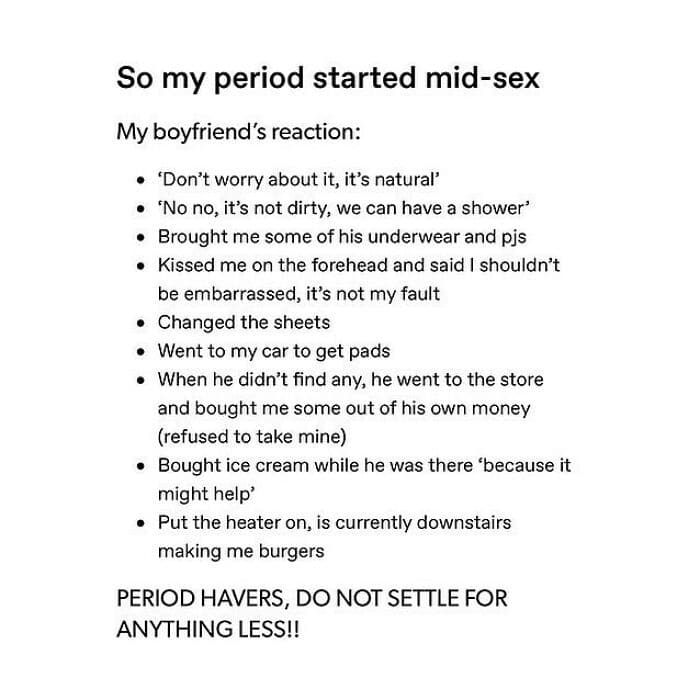
#4

#5
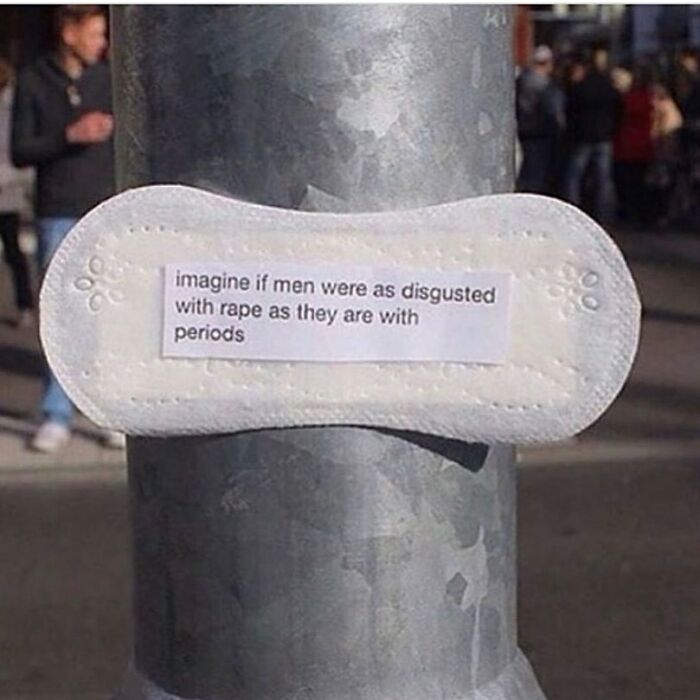
We can even verify this quantitatively. Since 2006, the Global Gender Gap Index has been measuring the extent of gender-based gaps among four key dimensions: economic participation and opportunity, educational attainment, health and survival, and political empowerment. Tracking the progress towards closing these gaps over time, it reports benchmarks and provides country rankings that allow for effective comparisons across and within regional peers. According to its 2020 findings, there is still a 31.4% average gender gap that remains to be closed globally.
Across the four characteristics, on average, the largest gender disparity lies within political empowerment. Despite being the most improved dimension that year, the gap on this subindex has only been closed by 25%, meaning there are still not enough women occupying seats in government across the world.
#6
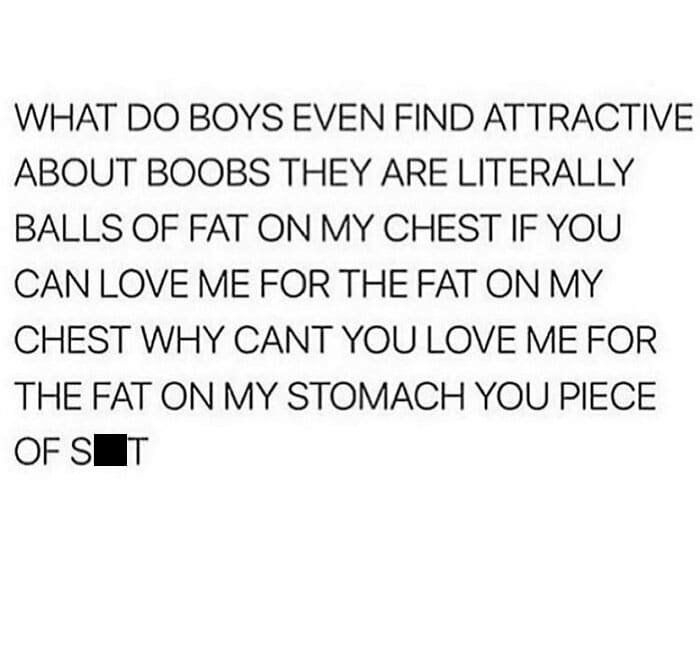
#7
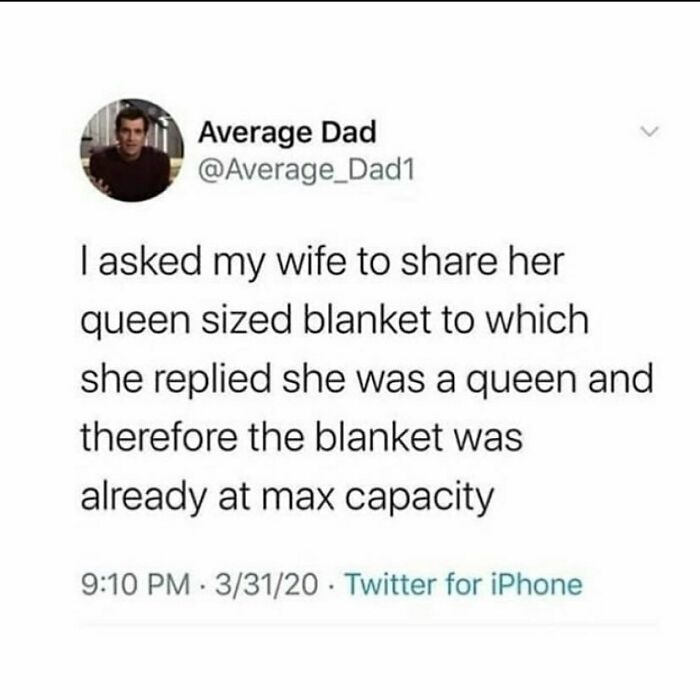
#8
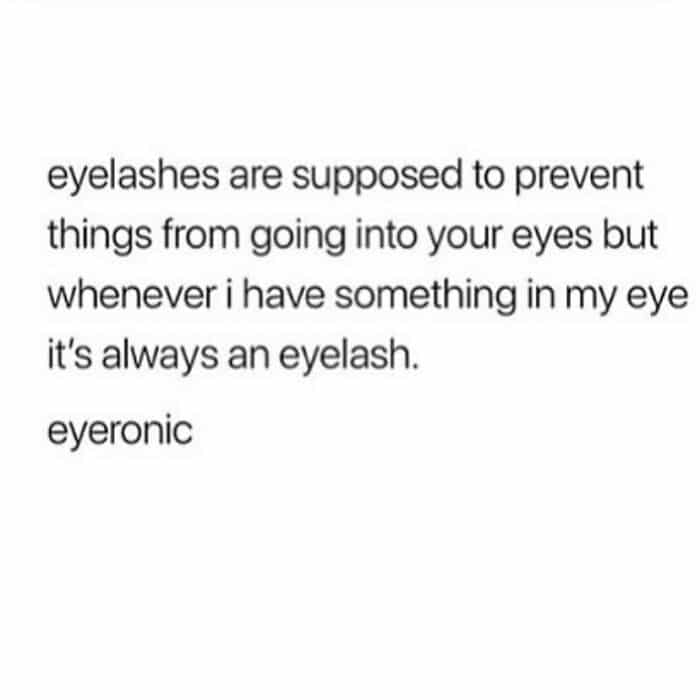
However, it’s important to note that the political empowerment subindex fails to measure the legal rights of women and girls in comparison to those of men, which plays a significant role in determining the extent to which a society is equal.
“Although progress [has been] made in advancing women’s rights, it has been slow and inconsistent, and many sex-discriminatory laws remain entrenched,” Romina Canessa, a human rights lawyer at Equality Now, told Global Citizen. “When governments deny women and girls the same rights as men and boys, this legitimizes discrimination and abuse, and means they have no formal recourse if their rights are violated.”
#9
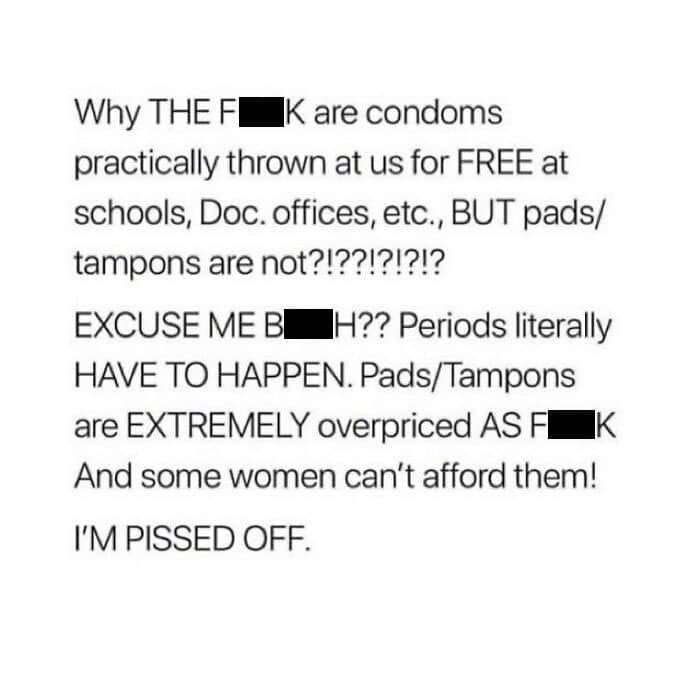
#10
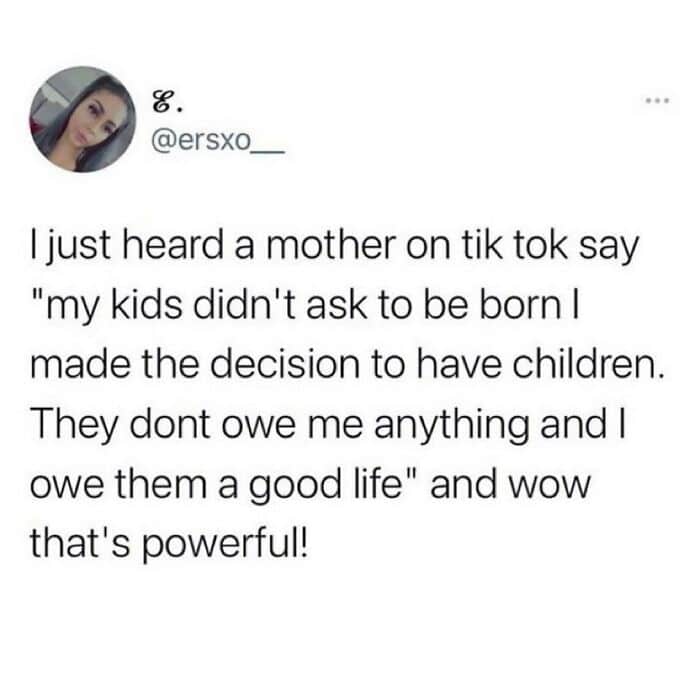
#11

#12
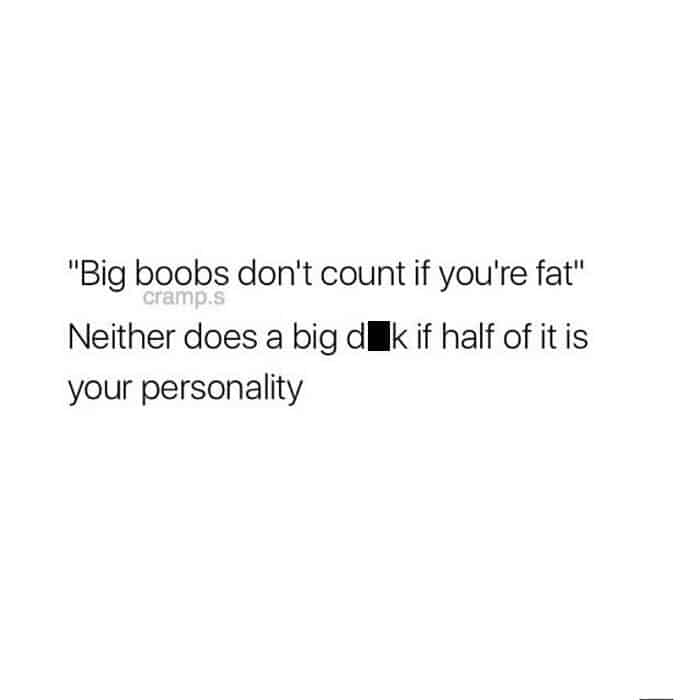
The economic and labor market gender gap has been closed by 58%. This is due to the fact that, on average, only 55% of women are participating in the global workforce, and their presence in higher-yielding positions is even lower.
Plus, this disparity is exacerbated by the global wage gap, which affects women across all industries and backgrounds, and has remained relatively stagnant throughout the last five years or so. These components highlight the challenges women face to escape poverty and become financially and economically independent.
#13

#14
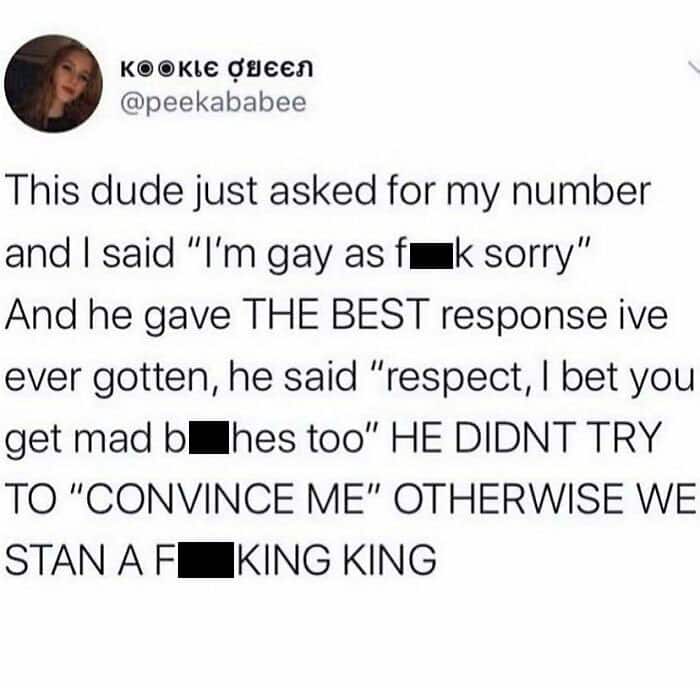
#15

#16

At least 35 of the 153 surveyed countries have closed the education gender gap by 96.1%. However, this number varies across education levels.
Globally, girls are less likely to receive an education due to gender-based discrimination, child marriage, and the burden of fulfilling domestic chores, all of which prevent young girls and teens from attending school.
While more young girls and women are attending primary and secondary school, less than half are going on to attend college.
#17
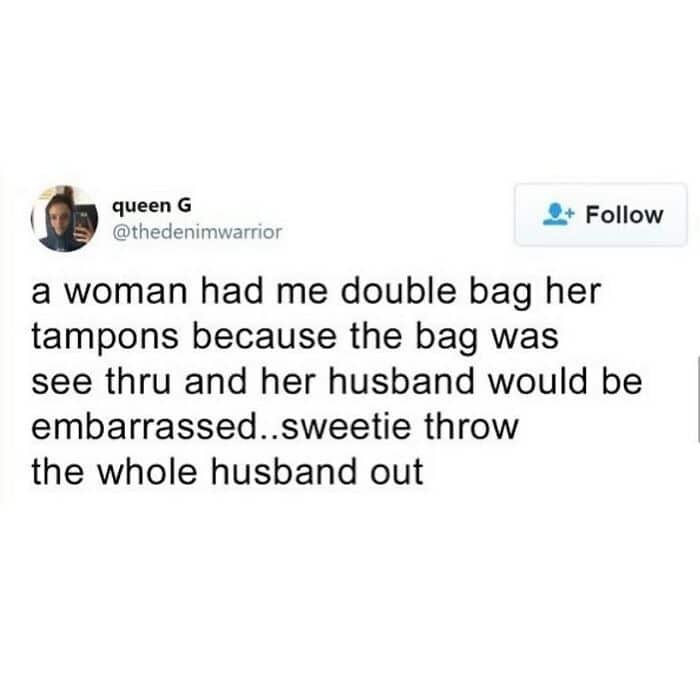
#18

#19

#20
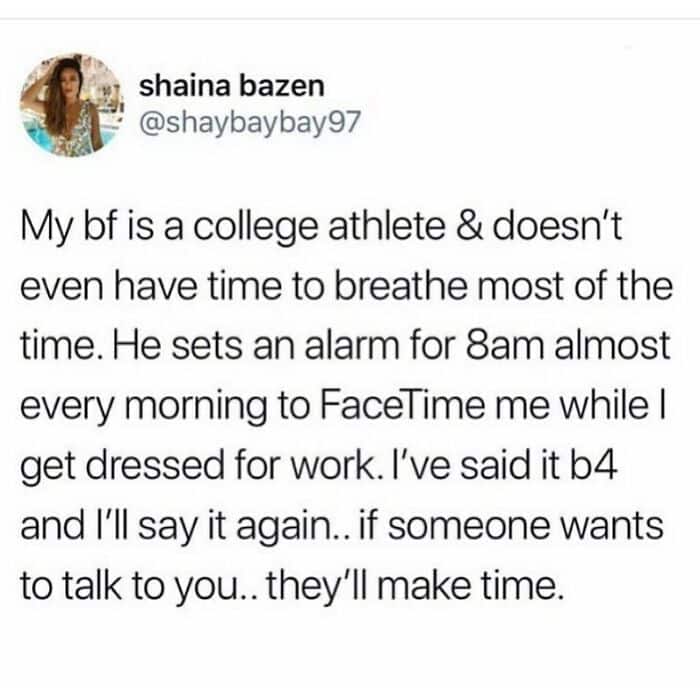
Although the global gender gap for health care and survival has been closed by 95.7%, millions of women worldwide still do not have equal access to health care, especially reproductive health care.
Jennifer Weiss-Wolf, vice-president for development at the Brennan Center for Justice, thinks that period poverty and menstrual stigma play significant roles in holding society back from achieving gender equality, noting that these barriers can also hold them back from participating in politics, the workforce, and education.
#21

#22
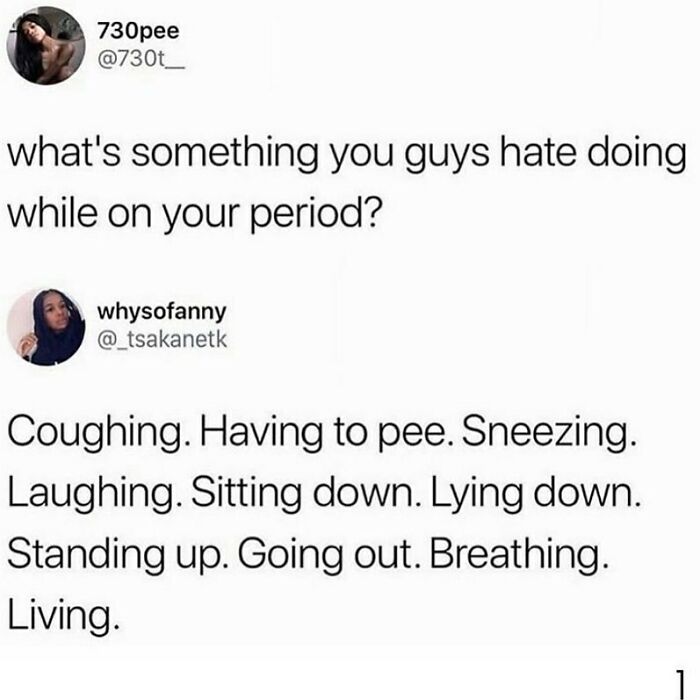
#23
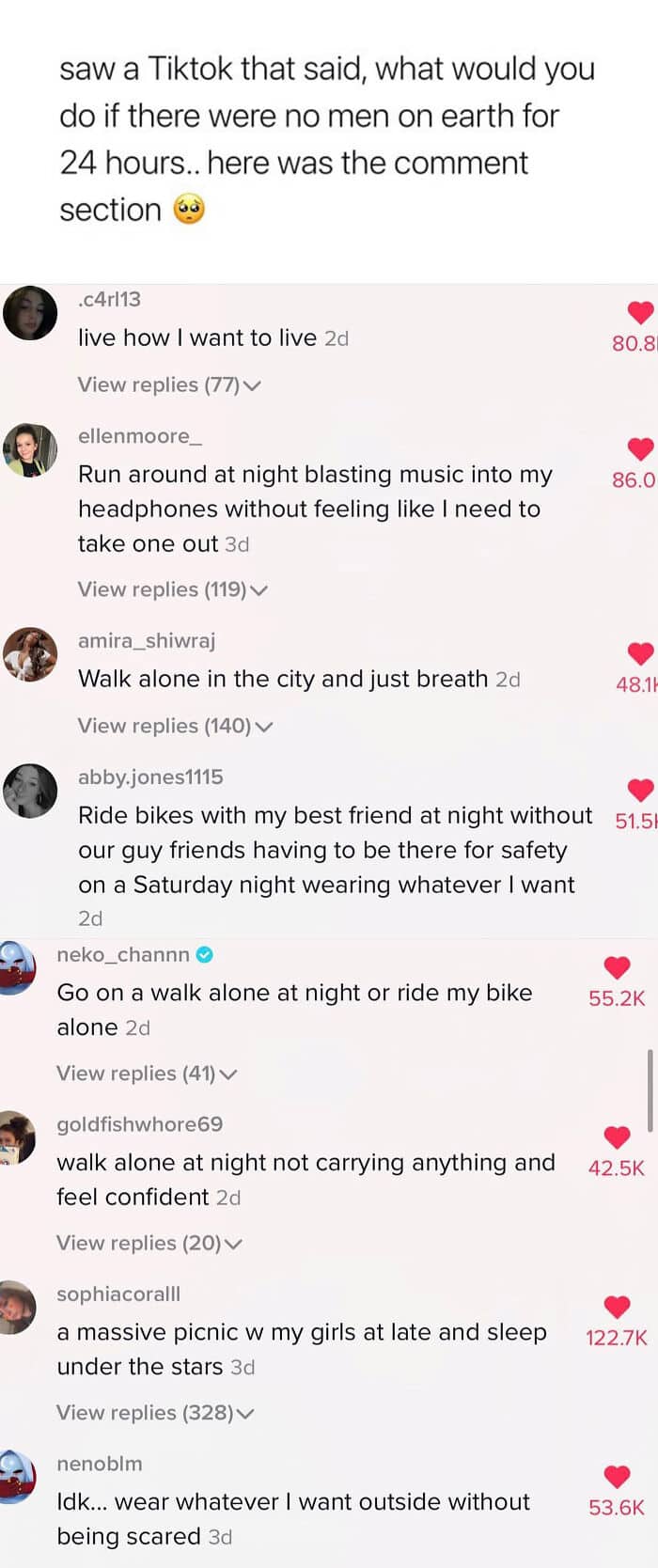
“If menstruation inhibits anybody from any one of those things, it inhibits them from all four, which places it squarely in the heart of what it means to achieve full gender equality,” she explained. “If we don’t have policies in place to ensure a safe and open, and accurate discussion around menstruation, treatment of menstruation, in all of these ways, we are leaving off the table a considerable component.”
In order to achieve gender equality and make all of these pictures a thing of the past, countries across the globe must increase the number of women in government, ensure education is accessible to all women and girls, create free or affordable child care so that more women can participate in the labor market, and provide access to safe reproductive health care.
#24
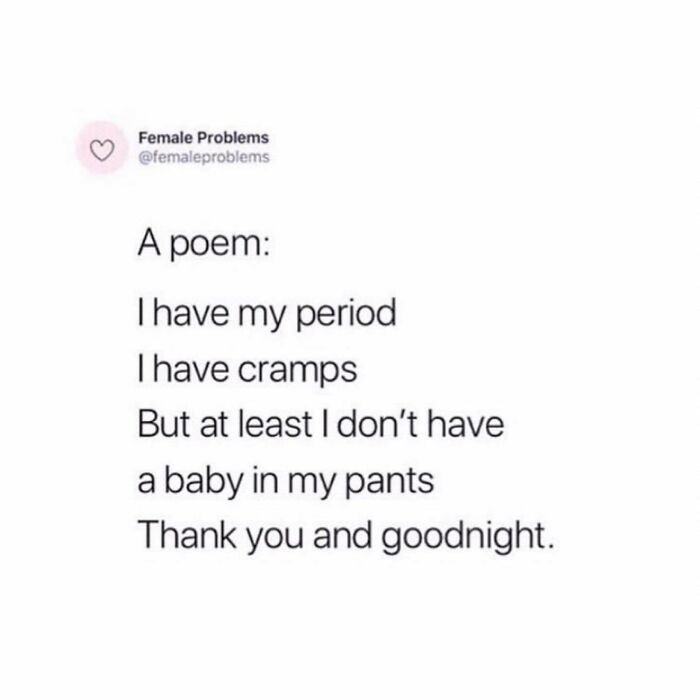
#25
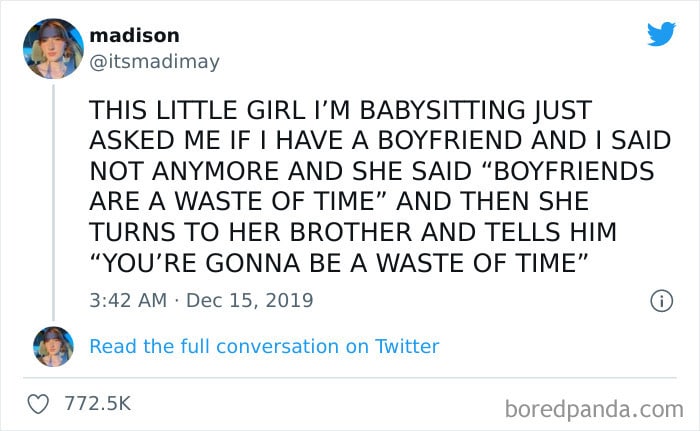
#26
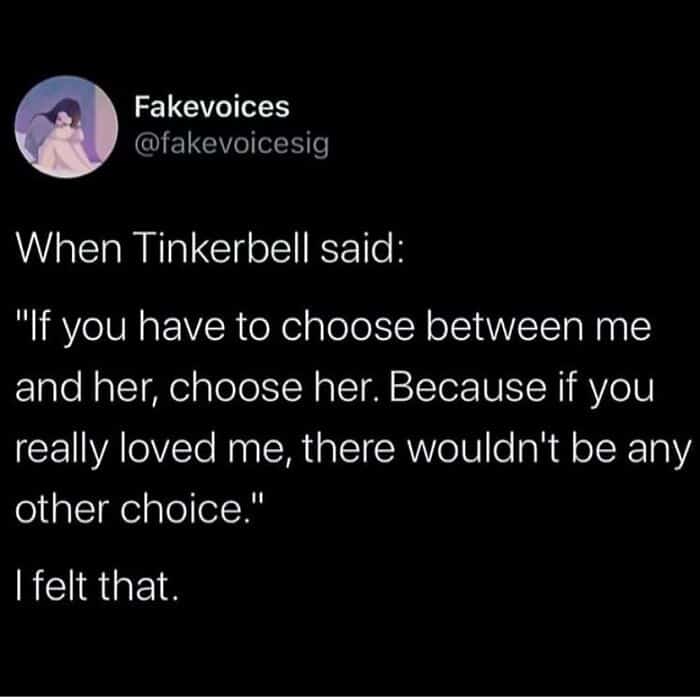
#27
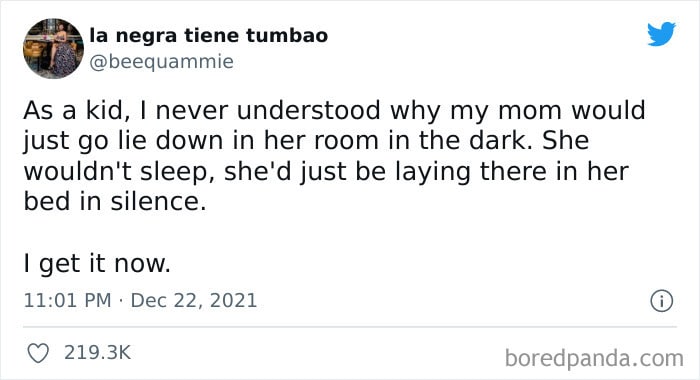
#28
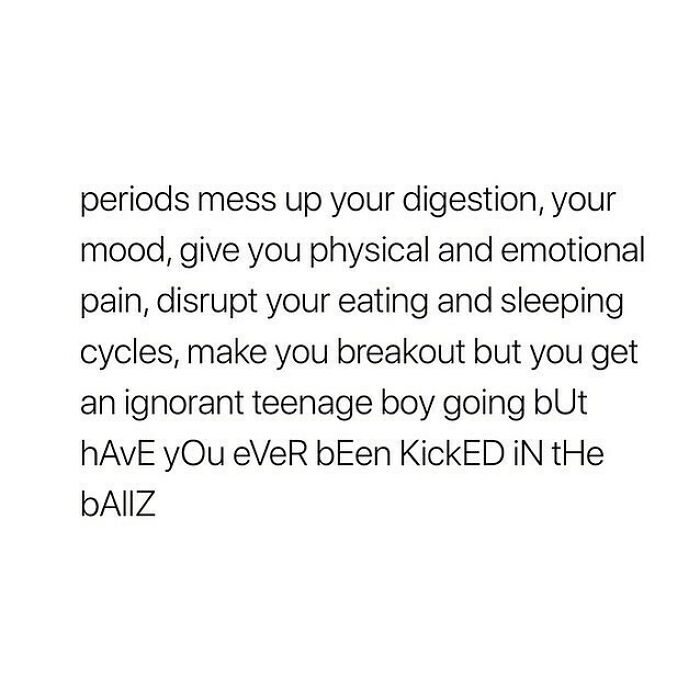
#29

#30
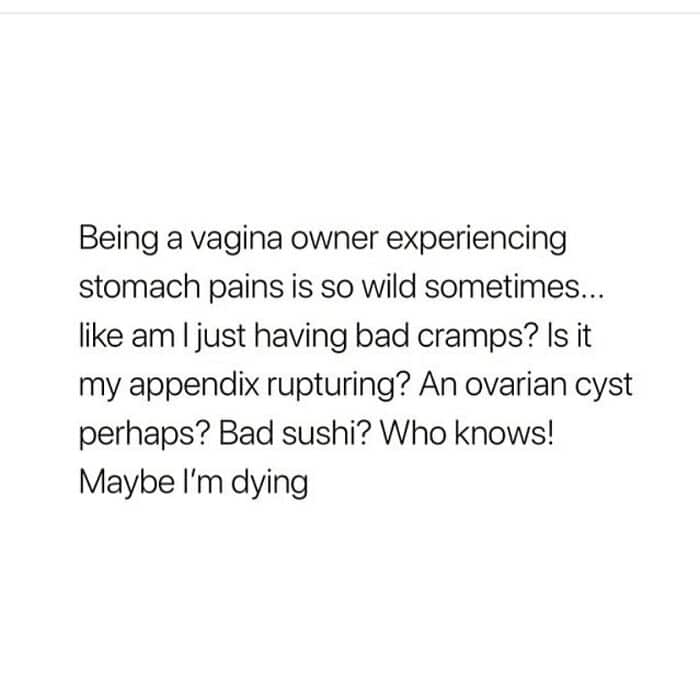
#31

#32

#33

#34

#35
